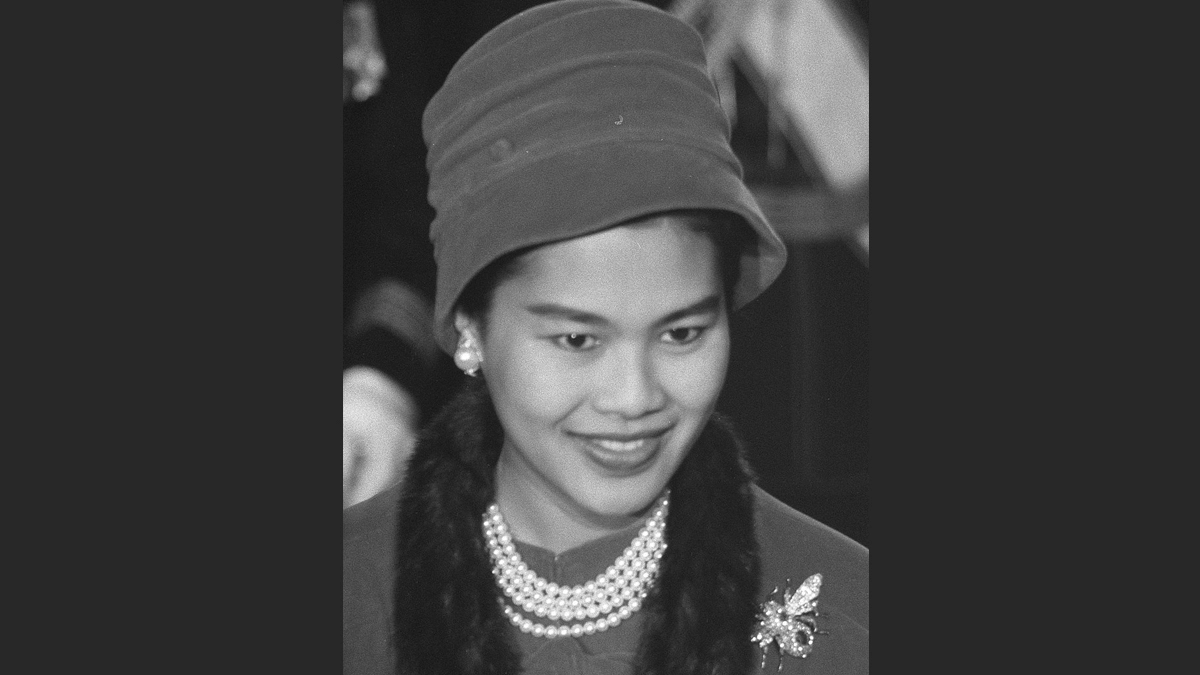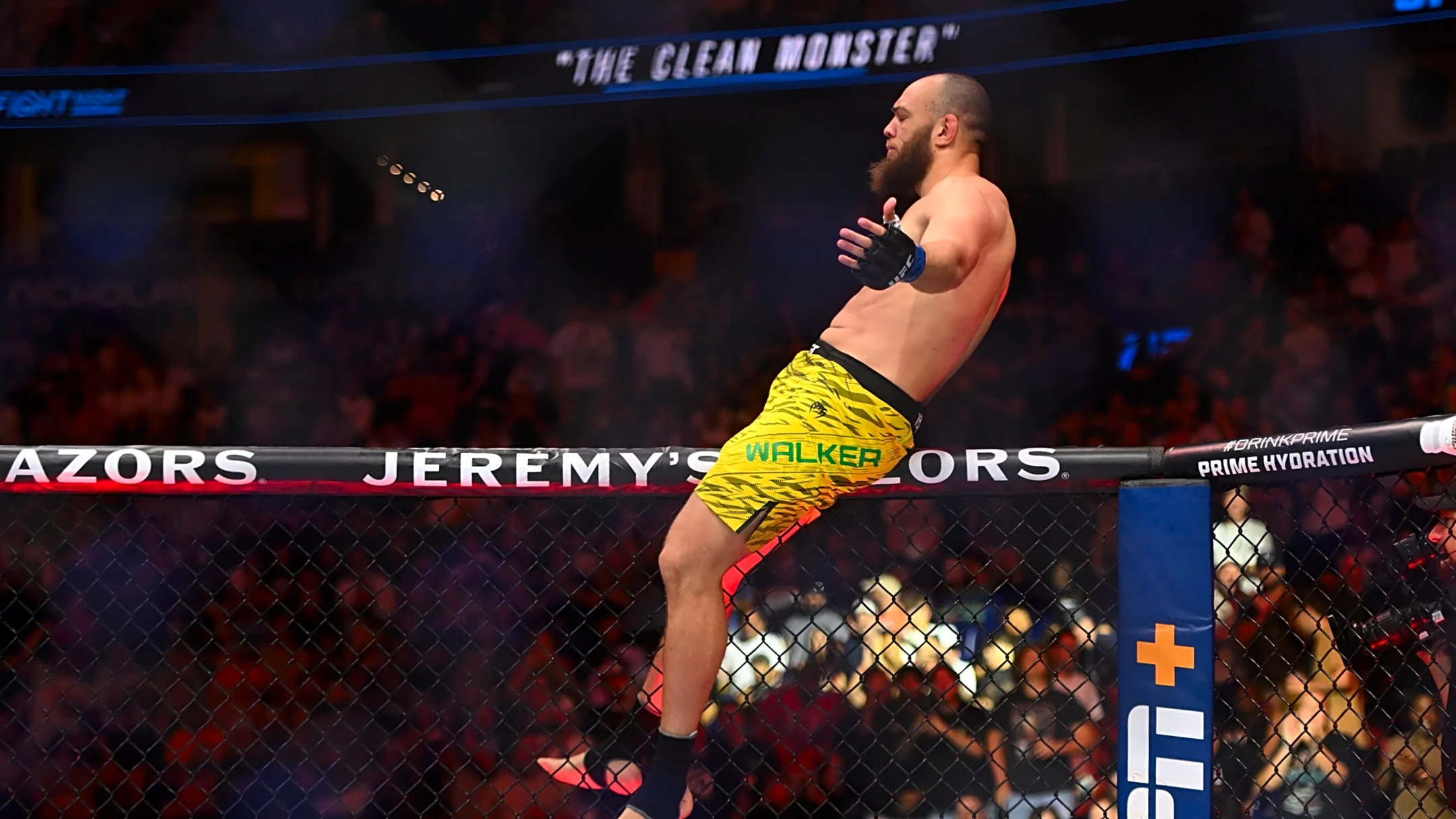Copyright thejournal

We need your help now Support from readers like you keeps The Journal open. You are visiting us because we have something you value. Independent, unbiased news that tells the truth. Advertising revenue goes some way to support our mission, but this year it has not been enough. If you've seen value in our reporting, please contribute what you can, so we can continue to produce accurate and meaningful journalism. For everyone who needs it. One-off amount I already contribute Sign in. It’s quick, free and it’s up to you. An account is an optional way to support the work we do. Find out more. Investigates Investigates Money Diaries The Journal TV Climate Crisis Cost of Living Road Safety Newsletters Temperature Check Inside the Newsroom The Journal Investigates Daft.ie Property Allianz Home The 42 Sport TG4 Entertainment The Explainer A deep dive into one big news story Sport meets news, current affairs, society & pop culture have your say Or create a free account to join the discussion Advertisement More Stories Alamy Stock Photo Protecting the pets Dog behaviourist Tips to help your dogs cope with the fireworks and frenzy of Halloween Suzi Walsh offers some advice for helping your dog cope with loud noises and strange sights over the next few days. 7.01am, 30 Oct 2025 Share options HALLOWEEN CAN BE great fun for us but quite unsettling for dogs. Unfamiliar costumes, noisy visitors, doorbells, fireworks and changes in routine can all be confusing or frightening. Even confident dogs may react differently when their environment suddenly feels unpredictable. Planning ahead helps keep things calm and safe. Simple steps like managing door activity, creating a quiet space, using background sound and supervising trick-or-treat interactions can make all the difference to how your dog copes. Why dogs don’t like fireworks Fireworks are distressing for dogs because of the way their senses and instincts interpret sudden, loud, unpredictable sounds. Dogs hear at roughly four times the distance we can and at much higher frequencies. What sounds like a loud pop or bang to us can feel to them like standing beside an explosion: sharp, close, and physically painful. Their ears are also finely tuned for detecting subtle sounds, so the chaos of fireworks, random bangs, echoes and whistling tones is overwhelming rather than predictable noise. The loud and sudden noise of fireworks can be distressing for dogs.Alamy Stock Photo Alamy Stock Photo Beyond hearing, dogs also feel vibrations through their paws and body, which can make each explosion feel like the ground is shaking. Combined with the smell of smoke and flashing lights, their sensory world becomes full of mixed signals. They can’t tell that the source of the noise isn’t a real threat, so their survival system kicks in: adrenaline, racing heart, panting, pacing, hiding or trying to escape. For a human comparison, imagine being home alone at night and suddenly hearing repeated gunshots and car alarms going off right outside your window, with the walls shaking from the sound. You don’t know when the next bang will come, or how long it will last. Even if someone tells you “it’s just fireworks,” your body still reacts instinctively with fear because it feels unsafe. If noise fear seems to be worse this year than previous years, ask your vet to check for pain or discomfort. Research shows dogs in pain are more likely to develop or intensify noise sensitivities. Decorations can be scary for them too While Halloween decorations seem harmless or even funny to us, they can be genuinely alarming for dogs. Dogs experience the world through a very different sensory lens, one that’s finely tuned for detecting changes, movement and potential threats. Dogs are experts at spotting movement and noticing when something in their environment looks different. A life-sized skeleton, a giant inflatable spider or a ghost that suddenly moves or lights up can look like an unfamiliar creature appearing out of nowhere. Their eyes are wired to notice contrast and motion more than detail, so a wobbling decoration in the dark can seem alive and unpredictable. A vet in London offering help with calming dogs scared by fireworks.Alamy Stock Photo Alamy Stock Photo On top of that, many decorations produce sounds such as shrieking, rattling chains or eerie music. Rearranging furniture to make room for decorations, adding flashing lights, or cluttering walkways can alter a dog’s sense of safety and predictability. Many dogs rely on a consistent layout of their home for security, so sudden changes can heighten uncertainty. Some breeds – particularly those bred for guarding, herding or hunting – have been selectively bred to notice even small environmental changes. Their vigilance, which is useful in their original work, means they may react more strongly to unexpected movement, sound or visual changes. What feels like harmless fun to us can feel like a sudden threat to them. Costumes, masks and trick-or-treaters Dogs often find costumes and masks on familiar people confusing or even frightening. They rely heavily on visual cues, scent and tone of voice to recognise us, and a costume can distort all three at once. Dogs read our body shape, facial expressions and movement patterns to understand who we are and how we feel. When a person suddenly looks taller, bulkier or has their face covered, the dog may not immediately recognise them. Masks hide eyes and facial features key parts of human communication that dogs have learned to interpret. Advertisement Dogs try to piece together all the cues, sight, sound, scent, posture to decide if something is safe. When those signals don’t match (“you smell familiar but look and move like a stranger”), it creates uncertainty. This may lead to hesitation, barking, backing away or even defensive behaviour. Even typically relaxed dogs can be startled if costumes appear suddenly in dim light or during noisy celebrations. Constant doorbell rings or unusual disturbances can be another stress factor for dogs on Halloween.Alamy Stock Photo Alamy Stock Photo Constant visitors can also be stressful for dogs because it disrupts the normal rhythm of the household. Each time the door opens, new scents, sounds and visual stimuli rush in, people in costumes, unfamiliar voices and unusual smells. When the door keeps opening and closing, it can trigger two main types of responses. The door represents both opportunity and risk. Excited or anxious dogs may try to bolt outside, either to greet people, to investigate or to flee from the noise and commotion. This is especially likely if the dog is already on edge or has a history of door-dashing. From the dog’s perspective, strangers are repeatedly approaching and entering their territory. This can easily provoke a defensive or alerting response, as the dog feels compelled to warn or protect their home and family. The constant repetition of door knocks, doorbells, and strange visitors in masks reinforces that cycle of arousal. How to help your dog on Halloween night 1. Exercise early Take your dog for a calm, sniffy walk and toilet break before dusk. Physical activity and scent exploration help lower arousal. Avoid evening walks once fireworks or trick or treat begins. 2. Create a safe room Choose the quietest interior room in the house. Add a soft bed, familiar scent, a water bowl, and a steady background sound such as white noise, a fan, or calm music. Research with shelter dogs has shown that soft rock and reggae are the most effective genres for reducing stress and promoting relaxation (Bowman et al., University of Glasgow, 2017). 3. Set up the house Close the curtains and blinds to block flashing lights, and turn on indoor lights to reduce contrast from fireworks outside. Keep at least one closed door or baby gate between your dog and the front door. Place a friendly sign or leave a sweet bowl outside to reduce doorbell ringing. Prepare long-lasting chews, lick mats, or food puzzles. These encourage licking and sniffing, both of which lower heart rate and promote calm. 4. Manage costumes Only dress your dog up if they clearly enjoy it. Avoid anything that restricts movement or covers the face, ears, or chest. Dogs rely on body language to feel secure; restrictive costumes can make them anxious. 5. Stash the sweets Keep chocolate and sugar-free candies (especially xylitol) out of reach. Store wrappers and bins securely to prevent scavenging. 6. ID check Ensure your dog’s microchip and tag details are current and the chip scans correctly. Many shelters see a spike in lost dogs after fireworks. 7. Talk to your vet If your dog shows fear of loud noise, consult your vet about event-based medication or anxiety aids. Studies show that early, appropriate medication can prevent escalation of noise-related phobias. Do not trial new medication for the first time on Halloween itself. 8. Assign roles One adult handles the door; another stays responsible for the dog. If your dog chooses to rest in the safe room, let them. Comfort is allowed, reassuring a frightened dog does not reinforce fear. 9. Take care if going outside Use a secure harness and collar with two attachment points. For known escape risks, add a backup line or a well-fitted basket muzzle for safety. Special considerations Puppies and first-timers: Keep the night boring and positive. Quiet play and easy training in a back room. No exposure to front-door activity. Seniors: Older dogs often prefer steady, low-frequency sound (fans, white noise) rather than music. Keep toilet trips short, well-lit, and close to home. Reactive or escape-prone dogs: Use a double-lead setup for any outdoor needs and avoid open doors. Owners can help their dogs stay safe and happy on Halloween by trying to follow this advice.Alamy Stock Photo Alamy Stock Photo Halloween night checklist Safe room ready and stocked White noise or calm music on Early walk and toilet break completed Curtains and lights set for comfort Sign or bowl outside to prevent doorbell use ID tags and microchip details checked Sweets and wrappers secured Vet plan ready if noise sensitivity is expected Your dog isn’t being stubborn or dramatic; they’re trying to cope with an unpredictable, overwhelming environment. A calm plan, familiar routines, and empathy go a long way. Have a happy and safe Halloween. Suzi Walsh is an expert dog behaviourist and dog trainer. She has an honours degree in Zoology and a Masters in Applied Animal Welfare and Behaviour from the Royal Dick School of Veterinary. She has worked as a behaviourist on both TV, radio and has also worked training dogs in the film industry. Readers like you are keeping these stories free for everyone... A mix of advertising and supporting contributions helps keep paywalls away from valuable information like this article. Over 5,000 readers like you have already stepped up and support us with a monthly payment or a once-off donation. Support The Journal Viewcomments Send Tip or Correction Embed this post To embed this post, copy the code below on your site Email “Dog behaviourist: Tips to help your dogs cope with the fireworks and frenzy of Halloween”. Recipient's Email Feedback on “Dog behaviourist: Tips to help your dogs cope with the fireworks and frenzy of Halloween”. Your Feedback Your Email (optional) Report a Comment Please select the reason for reporting this comment. Please give full details of the problem with the comment... This is YOUR comments community. Stay civil, stay constructive, stay on topic. Please familiarise yourself with our comments policy before taking part. Leave a Comment Submit a report Please help us understand how this comment violates our community guidelines. Damaging the good reputation of someone, slander, or libel. Racism or Hate speech An attack on an individual or group based on religion, race, gender, or beliefs. Trolling or Off-topic An attempt to derail the discussion. Inappropriate language Profanity, obscenity, vulgarity, or slurs. Advertising, phishing, scamming, bots, or repetitive posts. Please provide additional information Thank you for the feedback Your feedback has been sent to our team for review. Leave a commentcancel Newly created accounts can only comment using The Journal app. This is to add an extra layer of security to account creation. Download and sign into the app to continue. Access to the comments facility has been disabled for this user View our policy ⚠️ Duplicate comment Post Comment have your say Or create a free account to join the discussion Animal Welfare dog welfare Protecting the pets News in 60 seconds The Morning Lead Kilmeaden will ‘no longer be a village’ if planned multi-billion-euro data centre goes ahead Mairead Maguire department of war Trump orders Pentagon to resume testing US nuclear weapons for the first time in over 30 years Hurricane Melissa leaves dozens dead amid destruction in Cuba, Haiti and Jamaica Woman dead and man hospitalised following afternoon road crash in Donegal Over 100 killed in Israeli strikes on Gaza as Taoiseach condemns 'appalling' attack Shamrock Rovers crowned League of Ireland champions for fifth time in six seasons reports from Tallaght Stadium Police raid Rio de Janeiro residents line streets with bodies after Brazilian police raid leaves 119 dead DJ Carey's sentence hearing postponed until Friday after court informed he is in hospital Weather Warnings Remnants of Hurricane Melissa to bring wind and rain to Ireland on Monday ‘No one seemed terrified’: Jimmy Kimmel contrasts Irish election with US after holidaying here Tolls to increase on 10 national roads including the M50 from January more from us Investigates Money Diaries The Journal TV Journal Media Advertise With Us About FactCheck Our Network FactCheck Knowledge Bank Terms & Legal Notices Terms of Use Cookies & Privacy Advertising Competition more from us TV Listings GAA Fixtures The Video Review Journal Media Advertise With Us Our Network The Journal FactCheck Knowledge Bank Terms & Legal Notices Terms of Use Cookies & Privacy Advertising Competition © 2025 Journal Media Ltd Terms of Use Cookies & Privacy Advertising Competition Switch to Desktop Switch to Mobile The Journal supports the work of the Press Council of Ireland and the Office of the Press Ombudsman, and our staff operate within the Code of Practice. You can obtain a copy of the Code, or contact the Council, at https://www.presscouncil.ie, PH: (01) 6489130, Lo-Call 1800 208 080 or email: mailto:info@presscouncil.ie Report an error, omission or problem: Your Email (optional) Create Email Alert Create an email alert based on the current article Email Address One email every morning As soon as new articles come online



